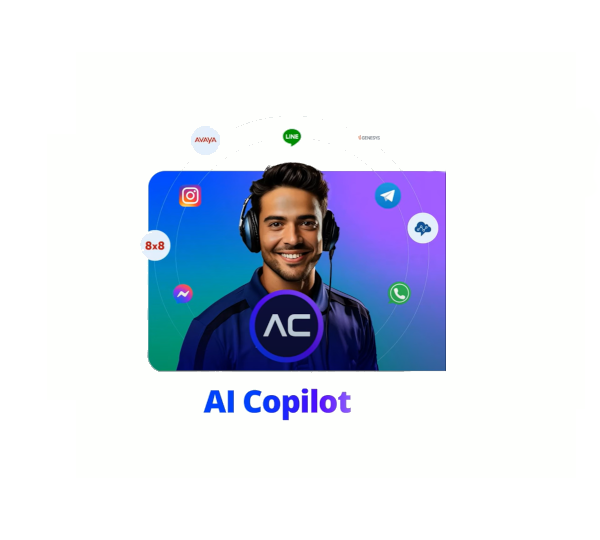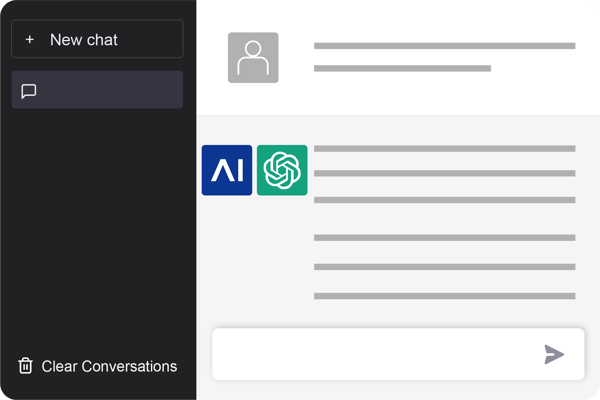Conversational AI stands for a natural and intuitive dialog between you as a human and a computer program either via text or spoken language. What makes it intelligent is its ability to have persistent memory and multi-turn conversations across all touchpoints. In this way the user experience gets more satisfying and better overall. Once configured the centralized conversational AI can be deployed in various applications or devices, such as Facebook Messenger, Alexa Skills, Websites, Apps, end devices or robotics.
What are the Conversational AI use cases?
Everywhere where information need to be accessed fast or a high volume of simple repetitive tasks are processed, chatbots can be used. In order to get this topic more conceivable we start off with three basic use-cases in three different areas of applications.
-
1. E-Commerce
Easy, fast and reliable knowledge transfer in order to get the best product for yourself. That is what customers are looking for when searching for products in the World Wide Web.
Let’s look at the online customer journey on an e-commerce shop for fashion. Entering the website a Productfinder bot asks the customer what she is looking for. The customer can decide if she wants to make full use of the virtual assistant or not. Perhaps she just wants to browse a bit, get inspired by the offers. But if she already knows what she is looking for, a bot is the better choice to find the right fit without losing herself in endless scrolling and searching. Size, color, kind of item or whatever information is useful to find a matching product can be inquired by the bot. But what if she changes her mind and she wants yellow instead of blue? Well, just speak it out loud. When a product is found, the next bot comes into use. This time it is programmed on a checkout-process and the customer is dynamically guided through the conversation until the basket is paid. Now she can ask Alexa where the product is or when it will be delivered.
-
2. Customer Service
Everybody knows the problem of answering the same questions again and again. But simple requests can also be time consuming as the required information has to be found first. When do I get a response on my application? Where can I find the product x? What does y mean? The faster the reply, the better the experience for the customer. But to be honest, sometimes there are just more important things to do.
A chatbot is the right fit. He acts like the perfect virtual co-worker. On the one hand he could communicate directly with the user and give the right answer due to databank and API integrations right in the moment as the request occurs. On the other hand a chatbot could serve the employee as an information interface. Therefore the employee is able to search all databases within the company to get the right information at the right time and get back to the customer in just a couple of moments rather than hours or days.
-
3. Human Resource
The use of conversational AI in the field of recruiting gets a lot of attention recently. Besides the website as primal way to apply, applicants can also get in contact with the company via Facebook. The person in charge can easily lose overview about which documents are already available and which still have to be sent. It is even worse when the applicant doesn’t get any response at all. A chatbot could take these tasks on, ask the user for all documents right away and even carry out a small preselection – either on Facebook or the website. Additionally the chatbot doesn’t lose the context in case an applicant changes the channel. Therefore recruiters can focus on more prominent tasks like picking the right candidates and making job-interviews.
More Conversational AI use cases
That was just a quick overview about possible applications to create space for inspiration. Chatbots offer a number of compelling benefits to both employees and customers and as you could see they are applicable in a wide range of areas.
But how to configure such Conversational AIs? Either you have some serious coding skills and time in your backpack or you use platforms like Cognigy.AI which enable you to build, deploy and manage them on your own – within minutes and without coding.

.png?width=60&height=60&name=AI%20Copilot%20logo%20(mega%20menu).png)




.png?width=600&height=600&name=Knowledge%20AI%20Feature%20image%20(2).png)













